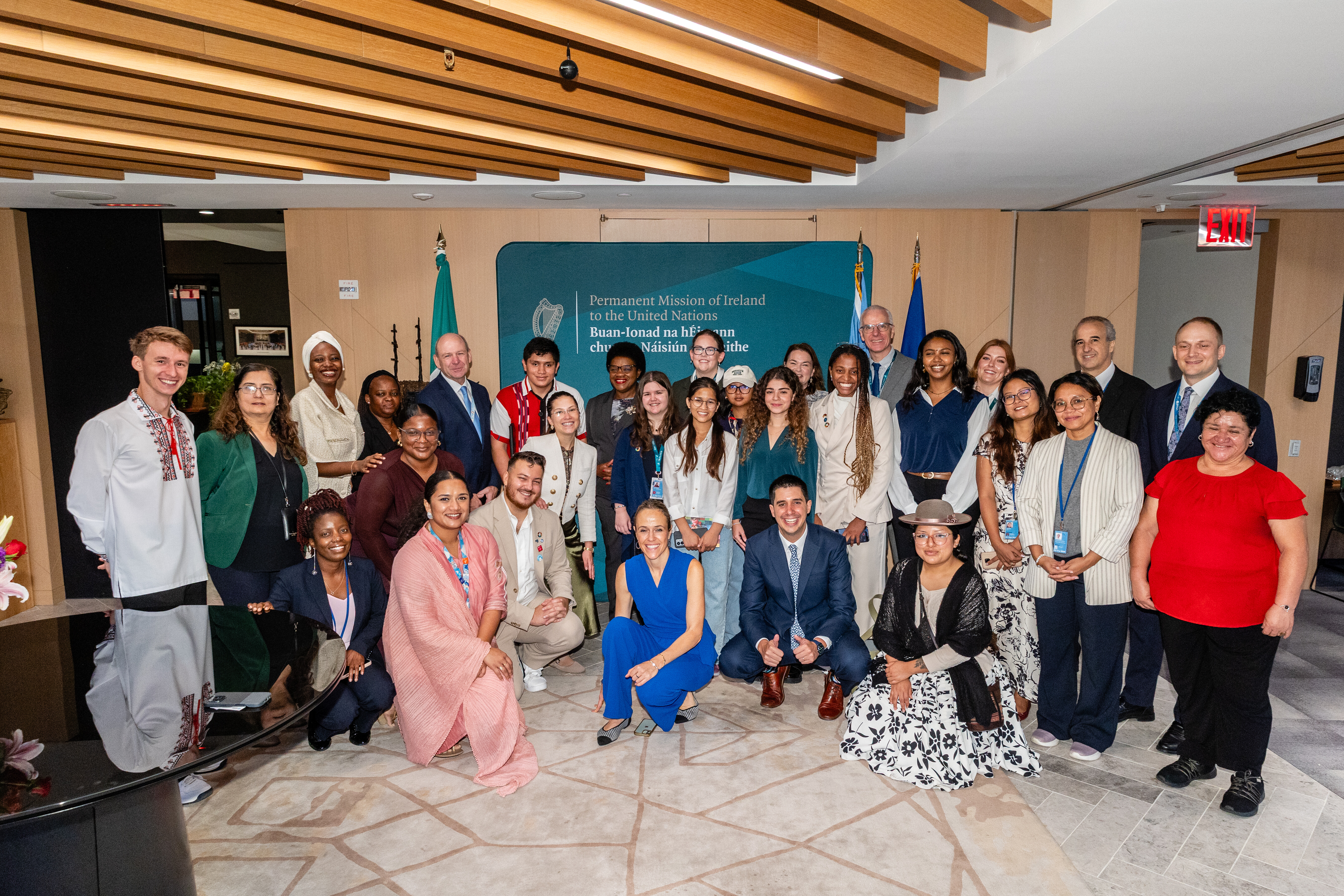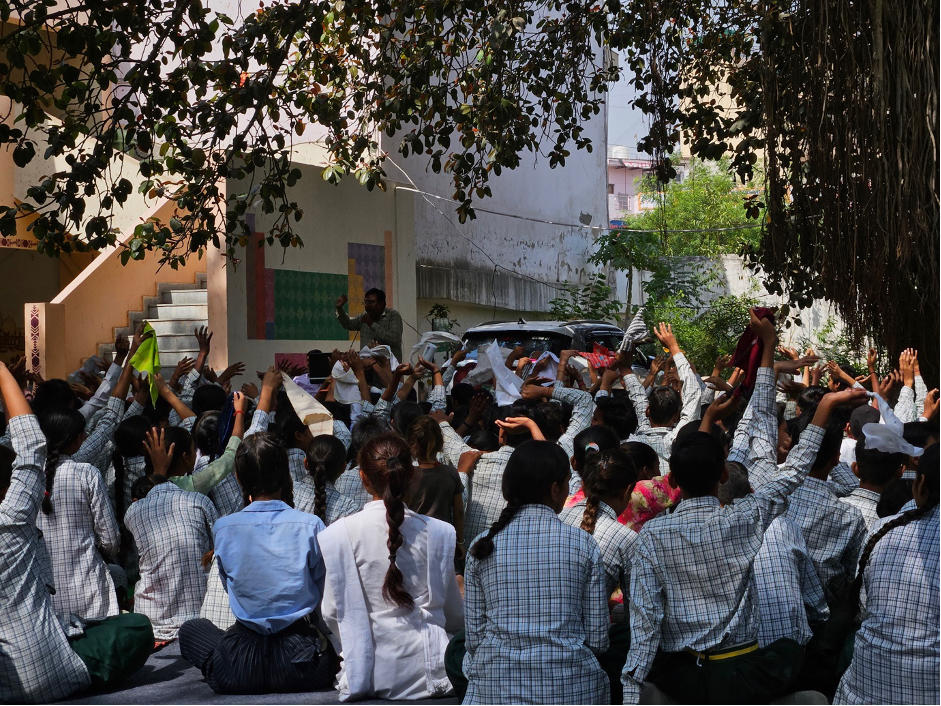The real beef about artificial meat

John Crawford
Professor of Strategy and Technology, University of Glasgow, Adam Smith Business SchoolA group led by the University of Maastricht last week cooked, and ate, the world’s first burger made from cultured bovine stem cells grown entirely in a laboratory. This was meat that had never lived, and the story was sensationalized across the global media. It was hailed as the first step towards a potential solution to the growing demand for meat that threatens global food security and climate stability. In reality it will be less than this, but it does highlight a more serious and pressing set of issues.
The commonly accepted wisdom is that meat production is incredibly inefficient in that for every 1kg of meat protein produced an animal has munched through about 10kg of vegetable protein. It is often cited that rearing animals for meat also contributes 18% of the total greenhouse gas emissions that can be attributed to human activity. About 30% of the Earth’s available land surface is devoted to meat production, and overgrazing is one of the most significant causes of degradation in the world’s agricultural soil.
Given that population growth and changing consumption patterns are set to drive up food demand by 50%, and meat demand by 100%, in the next 20 years, it would appear that any reduction in the environmental impact of meat production would be welcome. One of the few life cycle analyses of in vitro meat production suggests that the footprint is indeed smaller. Weight for weight, it is calculated that artificial meat consumes about the same amount of energy as real meat but uses up to 96% less water, contributes 78%-96% less greenhouse gas emission and uses up almost no land.
The catch is that the artificial burger costs more than US$ 330,000 to produce – and it was reported to have the texture of cake. It is argued that costs will shrink with the scale of mass production, but cost reduction is perhaps one of the easiest challenges to be met. There is a long way to go before the technology delivers a nutritionally equivalent product. Real meat is a nutritionally dense food that includes not only protein but also key vitamins and minerals, particularly iron. Real meat is more than one kind of cell, and while technology can, in principle, grow many types of cells, including fat and muscle cells together, it is still some way off. The approach has the potential to control the nutritional content as well, but here again there is an indefinite development time.
Simply put, we don’t have time to wait for this technology to have a significant impact. Not surprisingly, there will be no silver bullet solution to food security, and to health, energy, water and climate constraints. Like all such complex problems, the solution will look more like silver buckshot. First off, we must make sure that we fully understand the scale of the problem. Then we need to play the challenges off against each other to find the win-win solutions.
Simon Fairlie, in his book, Meat, a Benign Extravagance, is critical of the environmental arguments against meat production. He argues that the efficiency of conversion of human-edible feed to human-edible meat is much closer to unity than the often-cited 10:1 ratio quoted above. Pigs and poultry are about three times more efficient than cattle. Moreover, the contribution to greenhouse gas emission is likely to be closer to 5% than the 18% that is often quoted – 6 to 10 times smaller than that contributed by global transport.
Then there is the social dimension. Meat production employs at least 1.3 billion people worldwide, mostly in the world’s poorest areas. The social effects of any distortion to the global meat market must be fully understood if we are to protect those who are most vulnerable.
We like to believe that the solutions to the world’s problems are technological, despite the ample historical evidence of technological exacerbation. Technology has, and will, continue to play a role. However, the best chance of matching future demands to supply, and of increasing access to food for the world’s poorest, comes from changes in behaviour. A large proportion of the realizable benefits of artificial meat are already available through better land management and healthier diets.
We need to find ways to incentivize farmers to regenerate the land and use water and land resources more frugally. As Fairlie points out, simply stopping grain-fed meat production would retain half our meat supply and add three times as much protein in the form of grain to the global food supply than would have been provided by grain-fed cattle. Reversing land degradation by allowing plants to thrive and so put more carbon into the soil through photosynthesis restores natural fertility and increases water storage. Professor Ratan Lal from Ohio State University calculates that this could draw down the equivalent of 50ppm CO2 from the atmosphere by 2100.
Putting this in perspective, the total increase in atmospheric CO2 concentration due to human activity since the industrial revolution is about 120ppm. The fact that we waste almost half the food that is produced, and the growing obesity epidemic, contributes significantly to the stress we place on natural resources employed in food production, and the ensuing chronic disease burden is simply unaffordable. Better diets and more efficient lifestyles are ready solutions.
Resilience is key when the future is uncertain. In vitro meat is one of a number of potential options to land-based production systems that should be considered. In the end, though, both top-down and bottom-up mechanisms that change the way we think about food will play the biggest role, albeit with far less fanfare.
Read more blogs on the environment.
Author: John Crawford is the Judith and David Coffey Chair in Sustainability and Complex Systems at the University of Sydney. He writes about environmental issues for the Forum:Blog.
Image: Cows are seen lying in grass during a summer day in Innsbruck REUTERS/Dominic Ebenbichler.
Don't miss any update on this topic
Create a free account and access your personalized content collection with our latest publications and analyses.
License and Republishing
World Economic Forum articles may be republished in accordance with the Creative Commons Attribution-NonCommercial-NoDerivatives 4.0 International Public License, and in accordance with our Terms of Use.
The views expressed in this article are those of the author alone and not the World Economic Forum.
Stay up to date:
Innovation
Forum Stories newsletter
Bringing you weekly curated insights and analysis on the global issues that matter.
More on Youth PerspectivesSee all
Christie Burley and Inés Yábar
November 5, 2025







